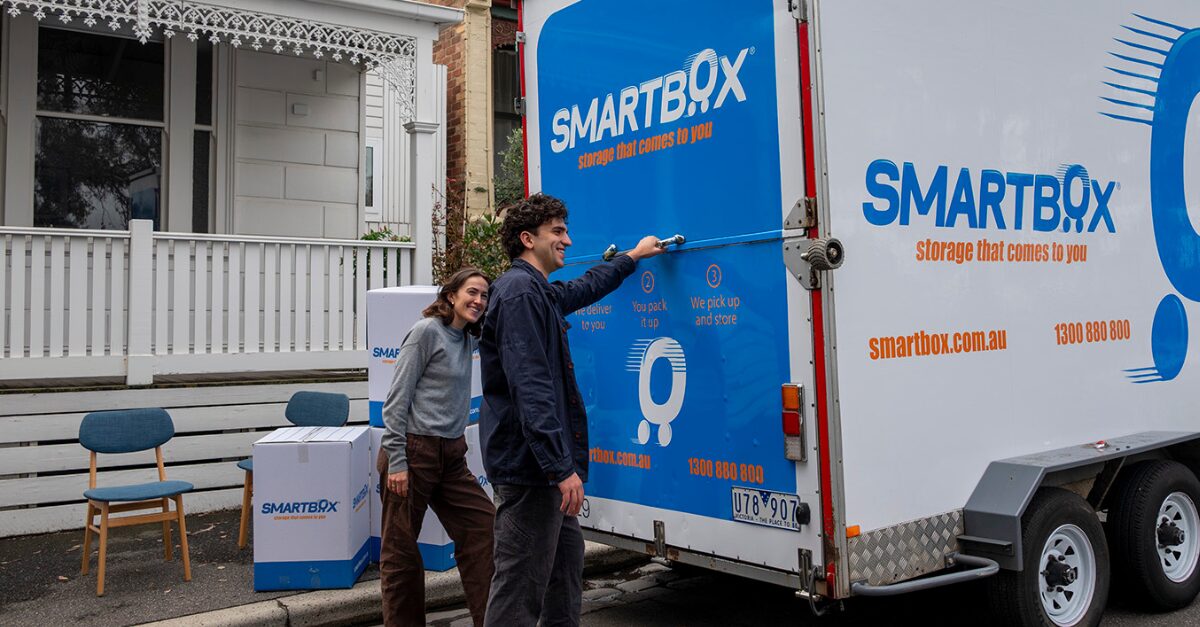The kitchen is the most difficult room to pack and store, this is because of the number of bits and pieces found in the kitchen, from your kitchen utensils, appliances, crockery to your cutlery. Whether you’re relocating or thinking of storing excess kitchen items in a self-storage facility, this article will provide you with some smart tips to help you pack your kitchen stuff easily.
Smart tip 1: Discard items you don’t need or use
Similar to our “Simple and easy bedroom packing guide”, we suggest you sort out your kitchen items. The easiest way to do this is to separate essential items from non-essential items. Essential items are those that you use regularly, we’re talking your kettle, a dinner set, specific pots and pans, and some kitchen utensils, so make sure you create an essentials box to house these. These are items that you’ll most likely need on your first night of relocation, so make sure you set these aside to prevent them from being accidentally kept in your storage container.
For items you don’t use often or don’t want to take into your new home, you have 3 choices:
- Use a self-storage solution like Smartbox to stow excess items
- Consider donating unused or new items to charity or give them to your family and friends
- Discard old, worn out, unusable and unwanted items
Smart tip 2: Equip yourself with the best packing materials
Now that you’ve sorted out your items, it’s time to purchase the right packing materials, these include:
- Cartons in different sizes
- Packing paper and bubble wrap
- Packing tape and dispenser
- Moving blankets or protective cloths
- Markers for labelling boxes (black and red)
- Tea towels
- Fragile tape (optional)
These items are available at our Box Shop and to help reduce your self-storage cost, Smartbox also offers storage kits which consist of cartons in different sizes, rolls of packing paper, bubble wrap and more.
Smart tip 3: Pack specific items accordingly
Start with packing items that you use less often
Try to pack items you don’t use often, this may include various food containers, special dishes, baking tins, wine glasses, mixing bowls and vases. Remember to include unopened liquor bottles and cooking oils. To prevent damages, we recommend wrapping each item individually. And for unopened food items such as canned food, certain condiments and long-life food items, you may want donate these to charities such as OzHarvest or Foodbank.
Packing your drawers and shelves Now, time to pack your drawers and shelves. Remember to toss unwanted items and goods that you haven’t used in the last 6 months. If you have any recipes books laying around, stack those flat,
horizontally, and with the same sizes. Place heavier books in the bottom with lighter ones on top and create some cushioning using crumpled packing paper or bubble wrap.
Packing pots and pans
To find the right box for your pots and pans, take your largest pan and place it into a box with its lid, and if you can close the box, then the box is big enough to fit your items. We suggest that you create cushioning in all carton using clean, crumpled packing paper, and to wrap the items in bubble wrap or several sheets of packing paper. Also, we recommend that you pack the corresponding items together as it’ll make unpacking easier and quicker.
Packing crockery, cutlery and knives
Before you start packing, it’s important that you create cushioning in the box using bubble wrap or crumpled packing paper. For your plates, make sure you wrap them individually with packing paper and place them vertically not horizontally. This prevents you from placing other items on top and provides maximum protection. For cutlery, wrap silverware in non-acid tissue paper to reduce tarnish, and sort them according to their type. To prevent them from falling out, use a piece of string and place them in a smaller box and seal it with packing tape. For knives, it’s crucial that you wrap them in bubble wrap or tea towel to prevent accidental injuries. Remember to pack knives in a separate box and don’t mix them with other utensils.
Packing appliances
Before packing your appliances, remember to unplug, clean and dry them. Ensure that they’re completely dry to prevent mould and mildew. Next, disassemble or remove its content, clean and wrap them as well. Where possible, pack them in their original packing to provide maximum protection. For your fridge, don’t forget to defrost and empty it and to prevent food waste, try to eat perishable items 1-week before your move or storage. Then, remove, clean and wrap its glass shelving before placing them in large boxes. Wipe bigger appliances clean and then use moving blankets or protective cloths to wrap them. Also, always have a buddy to help you carry heavier items. Of course, you may choose our Packing and Loading Service, where our expert removalists will assist you in packing your valuables to withstand any potential forces during transportation and storage.
Some more tips:
- Use crumpled paper to fill any gaps in the boxes to reduce vibration during transport
- Label each carton properly. Use a red marker or fragile tape to label cartons that houses fragile items.
- Do not pack flammable liquids or hazardous materials including gas bottles, lighters and batteries.
- Always wrap items individually to provide maximum protection.
If you’ve realized that you’ve ran out space at your home and now need extra storage, then call Smartbox. Smartbox is the handy, mobile and easy way to store your excess belongings. We have affordable rental storage costs that allows you to choose the storage duration to help you save money. Our experts in removals storage are happy to answer all your questions about our mobile self-storage solution, so get in touch here.


